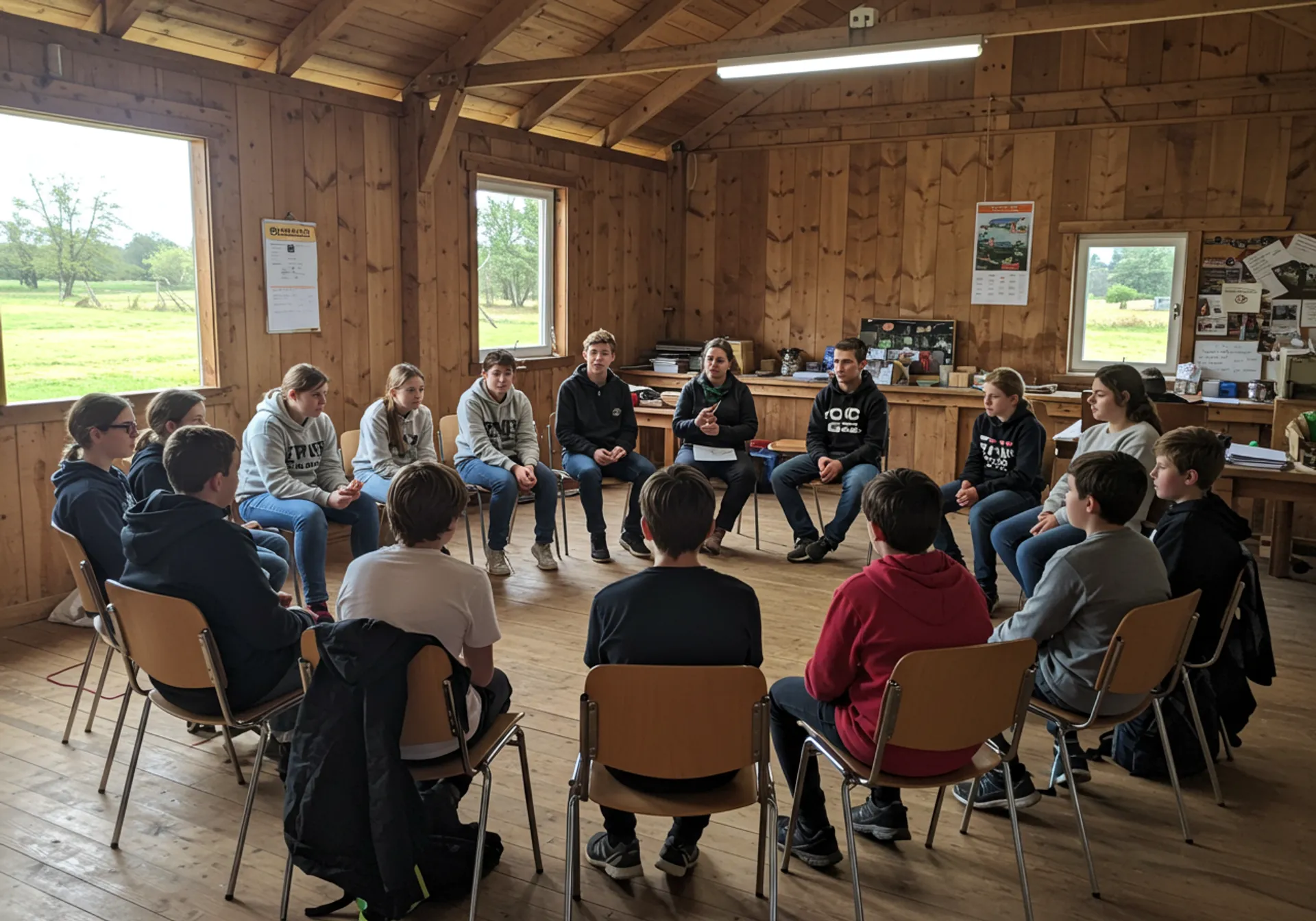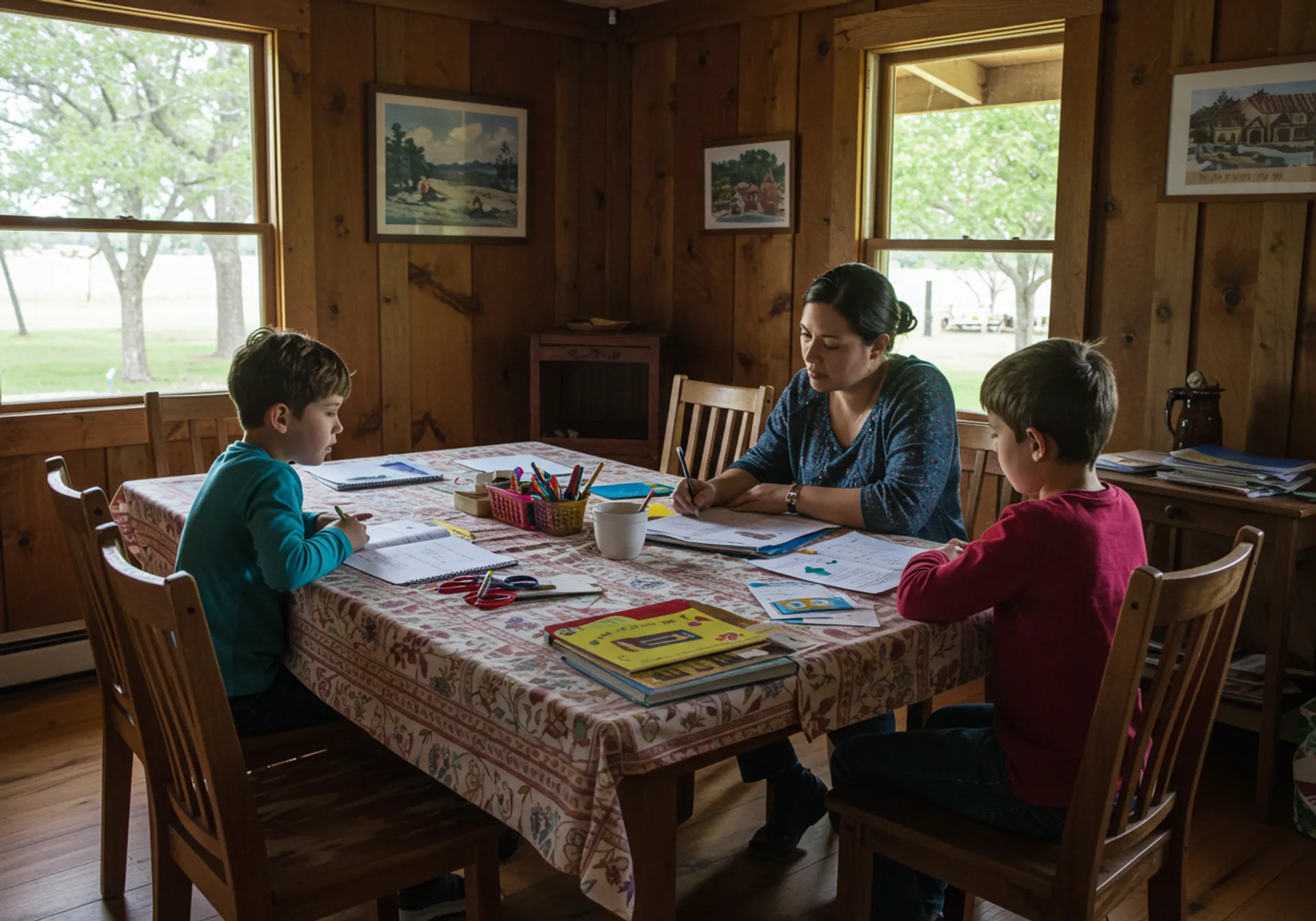For many families living in rural or high country areas, traditional schooling does not always meet every child’s needs. Distance from schools, limited access to specialized programs, and a desire for flexible learning environments have led parents to explore homeschooling and micro-schools. These models of education can provide personalized, community-centered, and adaptable approaches that support both academic success and family values.
Why Rural Families Consider Homeschooling and Micro-Schools
Parents in smaller communities often face challenges not experienced in more urban regions. Schools may be far away, extracurricular opportunities limited, and class sizes either too small or too large to give children the attention they need. Flexible learning options like homeschooling or micro-schools provide alternatives that can address these gaps.
- Geographic distance: Families may travel long distances to reach the nearest school.
- Specialized needs: Children with unique learning styles may benefit from personalized instruction.
- Values and lifestyle: Some parents want education to align with cultural, religious, or family philosophies.
- Community connection: Micro-schools often allow families to build a learning environment with other parents, teachers, or mentors.
 What Are Micro-Schools?
What Are Micro-Schools?
Micro-schools are small, community-based learning environments that typically serve fewer than 15 students. They combine the intimacy of homeschooling with the collaborative benefits of group learning. Some operate in homes, while others use community centers or rented spaces. The key is flexibility — curricula can be tailored to the group while still meeting educational standards.
In rural areas, micro-schools can bridge the gap between homeschooling and public education. Families may share teaching duties, hire a facilitator, or use hybrid models that mix online platforms with in-person learning. According to the National Center for Education Statistics, homeschooling has grown steadily across the United States, with micro-schools becoming a modern extension of that trend.
Legal and Logistical Considerations
Before starting a homeschooling or micro-schooling journey, parents must understand their state’s legal requirements. Regulations vary widely — some states require standardized testing and curriculum oversight, while others give parents greater autonomy.
- Check state and county homeschooling laws through official education department websites.
- Maintain attendance records and portfolios if required.
- Understand graduation requirements for older children.
- Keep documentation for potential college applications or future school transfers.
Parents should also consider logistical elements such as internet access, learning materials, and balancing school with work schedules. In rural areas where connectivity is limited, it is important to choose resources that can be downloaded offline or use physical textbooks and activity kits.
Curriculum Options for Flexible Learning
One of the strengths of homeschooling and micro-schools is curriculum flexibility. Parents can select or create programs that suit their child’s learning style while ensuring key academic goals are met.
- Traditional curricula: Many publishers provide ready-to-use homeschooling programs.
- Online platforms: Services like Khan Academy and state-approved online schools offer free or low-cost resources.
- Interest-based learning: Parents can design lessons around children’s passions—gardening, mechanics, or local history.
- Community integration: Local libraries, farms, or museums can provide hands-on experiences.
When planning lessons, parents may benefit from mixing academic subjects with practical life skills. For example, math can be applied to cooking or construction projects, and science can be explored through gardening or outdoor experiments.
 Building Socialization Opportunities
Building Socialization Opportunities
A common concern about homeschooling is socialization. Rural settings can make this challenge more significant, but families have many creative ways to ensure children develop strong social skills.
- Forming co-ops with other homeschooling families for group projects.
- Enrolling children in local sports, music lessons, or community clubs.
- Participating in 4-H programs or scouting organizations.
- Volunteering together as a family in local initiatives.
Micro-schools are especially effective in creating peer interaction. Even a small group of six to ten children provides opportunities for teamwork, communication, and friendship.
Balancing Flexibility with Structure
One of the most rewarding aspects of homeschooling and micro-schools is flexibility, but structure is also necessary for success. Families may consider:
- Establishing a daily routine to set expectations.
- Using planners or apps to track lessons and progress.
- Setting long-term goals such as mastering reading levels or completing science modules.
- Reviewing progress at the end of each term to adjust teaching methods.
Balance ensures that children enjoy the freedom of flexible learning without missing important milestones.
Technology’s Role in Rural Flexible Learning
Technology makes homeschooling and micro-schools more accessible than ever. While rural areas often deal with limited connectivity, creative solutions can help:
- Downloading educational videos or materials during visits to libraries or community centers.
- Using offline apps and e-books.
- Setting up shared resource banks with other families.
- Exploring tele-learning opportunities through online tutors.
Even with challenges, technology gives rural families access to resources that may once have been out of reach.
Community Support and Networking
Building a support system is essential for homeschooling parents. Rural families often benefit from connecting with regional homeschooling associations or national organizations. Networking provides access to shared curricula, group field trips, and emotional encouragement.
Some helpful resources include:
- Home School Legal Defense Association (HSLDA)
- State and regional homeschooling groups
- Local libraries and community centers
 Looking Ahead: The Future of Rural Education
Looking Ahead: The Future of Rural Education
Homeschooling and micro-schools are not trends — they are part of a larger shift toward adaptable, family-centered education. As technology improves and communities continue to collaborate, these models will only grow stronger. For rural families, they represent an empowering option that allows parents to honor local values while giving children a well-rounded education.
Conclusion
Flexible learning models like homeschooling and micro-schools give rural families the chance to craft education that is practical, personal, and deeply connected to community life. By understanding legal requirements, choosing the right curriculum, and fostering social opportunities, parents can ensure their children not only meet academic goals but also develop confidence, independence, and a love for lifelong learning.
For more on balancing education and parenting, check out our guide on Managing Screen Time for Kids: Practical Strategies for Modern Parents and our ideas for Family Adventures in the High Country.

 What Are Micro-Schools?
What Are Micro-Schools? Building Socialization Opportunities
Building Socialization Opportunities Looking Ahead: The Future of Rural Education
Looking Ahead: The Future of Rural Education











